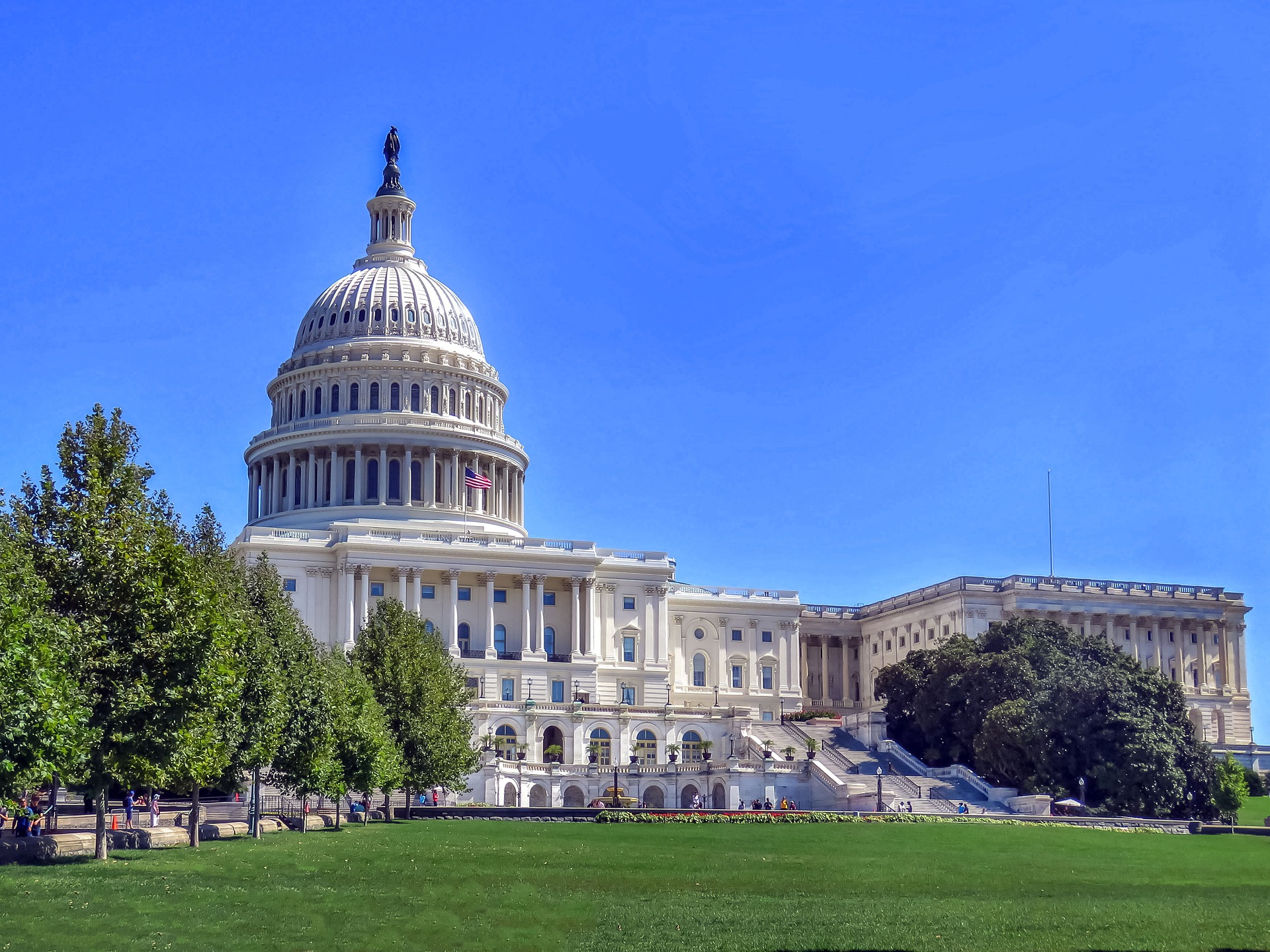Have a story idea
Have a story idea? Send it to us here.

Source : Pixabay
July 29, 2021
Author : Alex Bustillos
The US Senate voted on Wednesday to start debating the roughly $1 trillion infrastructure package, a longtime and key component of the Biden Administration’s agenda.
The current iteration of the bill includes $550 billion in new federal infrastructure investment. The White House estimates that if implemented alongside existing stimulus, the infrastructure package would add 2 million jobs per year for the next decade to the US economy. Officials in the White House also tout that these will be “good-paying, union jobs.”
The White House claims that the bill will make the largest-ever investment in several forms of infrastructure and the largest in decades in others. A fact sheet on the deal reached in the Senate available on the White House website states that the bill:
According to the White House, one in five miles of US highways and major roads, as well as 45,000 bridges, are in poor condition. This would be addressed in the bill with a $110 billion injection of new funds for roads, bridges, and other major projects.
The administration goes on to note that America’s transit repair backlog includes more than 24,000 buses, 5,000 rail cars, 200 stations, and “thousands of miles of track, signals, and power systems in need of replacement.”
The infrastructure deal would invest $39 billion to address this and other transit issues, such as accessibility.
A portion of the White House fact sheet on rail is worth going eve a little more in-depth in, since it’s pretty important. A $66 billion investment is meant to totally eliminate Amtrak’s maintenance backlog, modernize the Northeast Corridor, and “bring world-class rail service to areas outside the northeast and mid-Atlantic.”
Of that $66 billion, “$22 billion would be provided as grants to Amtrak, $24 billion as federal-state partnership grants for Northeast Corridor modernization, $12 billion for partnership grants for intercity rail service, including high-speed rail, $5 billion for rail improvement and safety grants, and $3 billion for grade crossing safety improvements.”
The fact sheet goes on to discuss other major priorities, such as electric vehicle infrastructure (which will get $7.5 billion), electric buses ($2.5 billion for zero-emission busses, $2.5 billion in low emission buses, and $2.5 billion for ferries.)\
Another $1 billion will go to address what’s called “transportation equity” by creating the “first-ever program to reconnect communities divided by transportation infrastructure. The program will fund planning, design, demolition, and reconstruction of street grids, parks, or other infrastructure through $1 billion of dedicated funding.”
Another $17 billion will go to port infrastructure and $25 billion for airports, while $50 billion will go to climate change and cyber security infrastructure resilience — things like beefing up infrastructure, protecting against droughts and floods, weatherization and more.
Another $55 billion will go to clean drinking water. This portion is aimed at replacing every single lead pipe and service line in the United States, as well as getting rid of “the dangerous chemical PFAS (per-and plyfluoroalkyl).
Some $65 billion will go to high-speed internet, and $21 billion will go to environmental remediation, where “superfund” and “brownfield” sites of pollution will be cleaned up.
Another $73 billion will go to power infrastructure, which the White House says is “the single largest investment in clean energy transmission in American history.”
In a separate statement from the White House, President Biden issued a lengthy letter of appreciation to the “bipartisan group of United States Senators and announce our deal to make the most significant long-term investment in our infrastructure and competitiveness in nearly a century.”
“Of course, neither side got everything they wanted in this deal. But that’s what it means to compromise and forge consensus—the heart of democracy. As the deal goes to the entire Senate, there is still plenty of work ahead to bring this home. There will be disagreements to resolve and more compromise to forge along the way,” Biden continued.
“But the bottom line is—the Bipartisan Infrastructure Deal is a blue-collar blueprint to rebuild America that will help make our historic economic recovery a historic long-term boom,” the president concluded.
Category : Contractor Trades Economic Stimulus Federal Government Green Economy Green Construction Investment in Infrastructure Airports Bridges Freeways and Highways Ports Procurement Public Works Railroads
